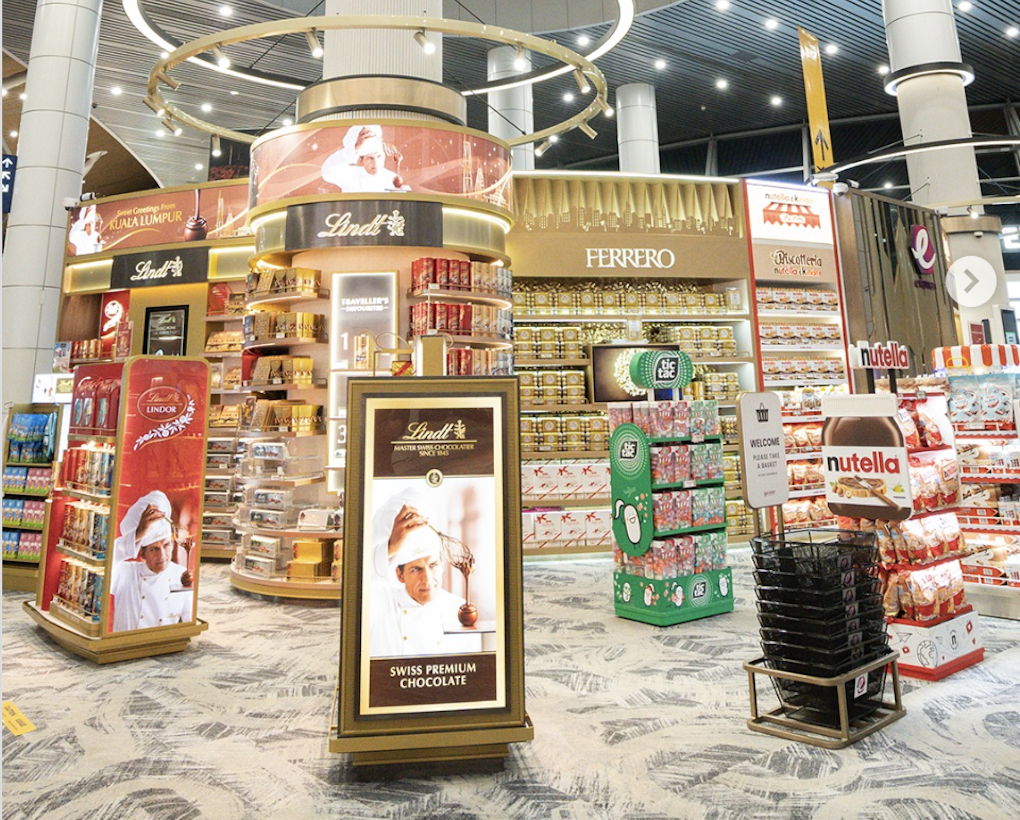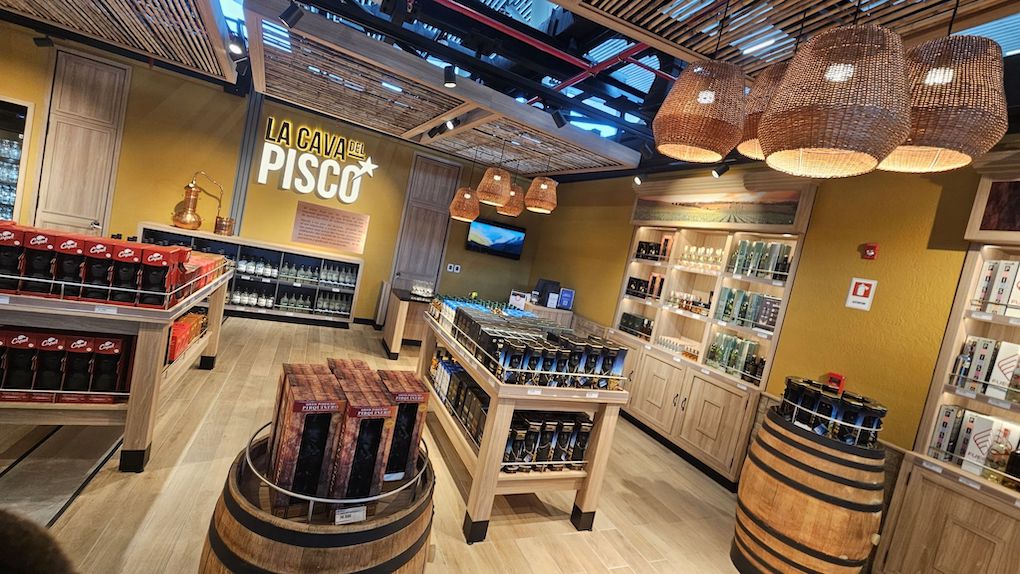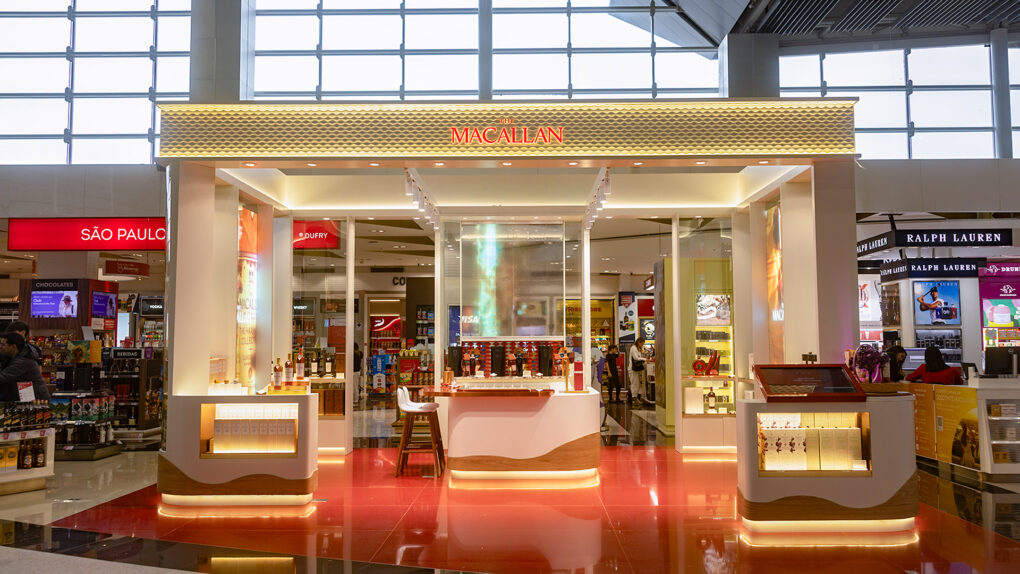US. The health of the air transport industry is wholly dependent on external factors. During the past three years an economic downturn, terrorist acts, armed conflicts and health scares have brought the airport retail industry to its lowest state ever. The impact on airports is already dramatic, but is the worst over?
In the long term, the air transport industry will recover, but it will have changed. The players will not necessarily be the same and their way of thinking will be different. Mainline carriers face increasing competition from no-frills point-to-point airlines. Some hub airports risk losing their base carriers and with them their transfer traffic. New aircraft types will lead to a restructuring of route networks, also affecting hub airports. These are issues which have shaped the Airports Council International (ACI) conference Airport Business 2003 “Strategies for survival” being held in Miami from 14 to 16 October 2003 and hosted by Dade County Aviation Department – Miami International airport.
ACI takes the theme that recent negative developments will continue to affect airport commercial revenues for some time yet. The implications of the downturn in airport non-aeronautical activities are therefore extremely serious for the financial health of the world’s airports.
The conference consists of three one-day modules:
* Financial management of non-aeronautical revenues – Compensating for decreased aeronautical income (14 October 2003)
* Airport retailing strategies for a changing customer base – Case studies from airports and concessionaires: What do travellers want? (15 October 2003)
* Providing quality of service in a high-security and turbulent world – Keeping customers satisfied (16 October 2003).
Delegates may register for one, two or all three modules outlined below.
With signs of a recovery in travel still not apparent, airports are under increasing pressure to find new revenue sources. Generating additional income whilst passenger numbers are down, airlines are reducing flights and calling for reductions in charges demands innovative solutions. International gateway and hub airports are probably under more pressure than those airports that mainly handle domestic traffic. Nevertheless, airline and alliance restructuring will continue to affect all airports.
Demands for subsidies, delayed privatisation plans are further factors that play a role. In this situation, efficient financial management of non-aeronautical revenues is a key element in survival. How are airports around the world handling this situation? What is the impact on contracts with concessionaires and property developers? What are the differences in the approach taken by publicly and privately-owned airports? How are privatisation plans affected? These are among the issues ACI has put up for discussion.
Depressed economies, tough new security measures and the growth of “no frills” carriers have all had an impact on the customer base. Travellers are now more cost conscious than ever before. Business trips are fewer than before and expenses subject to scrutiny. Leisure travel planning starts with a search for the cheapest fares. Customers appear willing to put up with inconvenience in order to reduce costs. Increased security often means that travellers have more time at the airport to shop, but they will not automatically use that time to shop.
How have these new parameters affected airport retailing? With reduced airline onboard service, airport food & beverage outlets and food-to-go services become more important? How can concessionaires adapt to a changed customer base? Concessionaires offer many products and services apart from luxury goods. Those travellers who are not interested in the displays of tax and duty free items or the logos of international brands will usually buy some reading material and make small purchases. They will also often change money. How important are these “customer service” concessionaires in terms of the overall performance an airport? For airport retailers it is fundamental to understand the needs of customers, in order to attract them to buy. How can this be encouraged whilst not losing sight of the fact that the function of the airport is to serve travellers?
In Miami, airport retail managers and concessionaires will describe how they are coping with the current situation and their plans for the future.
ACI said confirmed speakers so far include: Juan Manuel Ayuso (commercial services & properties director, AENA); Ian Cesa (president, Horizon Research Corp); Benjamin DeCosta (general manager, City of Atlanta Department of Aviation); Ivo Favotto (principal – Airports & Commercialisation of Infrastructure, Finance & Project Economics, URS Corporation); Stephen Freibrun (principal associate, The Center for Airport Management); Frédéric Gauchet (ceo Weitnauer Holding), Angela Gittens (aviation director, Dade County Aviation Department, Miami), George Horan (general manager, Dubai Duty Free); Stan Maiden (head of research, BAA); Catherine Mayer (vice president Airport Services, SITA); Martin Morgan (property director, Tie Rack); Frank O’Connell (director – retail, Aer Rianta Irish Airports); Peter Osterhage (director business development, Lufthansa Consulting); Peter Poungias (director, commercial & property activities, Hochtief AirPort); Barney Parrella (managing director transportation, PA Consulting Group); Patricia Ryan (drector concessions, Dade County Aviation Department, Miami); Ruud van der Linden (commercial manager, Lima Airport Partners, Aeropuerto Internacional Jorge Chavez); Brett Weinhouse (director, strategic alliances & airports, American Express Foreign Exchange Services); Roy Williams (director of aviation, New Orleans Aviation Board) and Adele Wolstenhulme (head of consumer research, Raven Fox and editor-in-chief Travel Retailer International).







